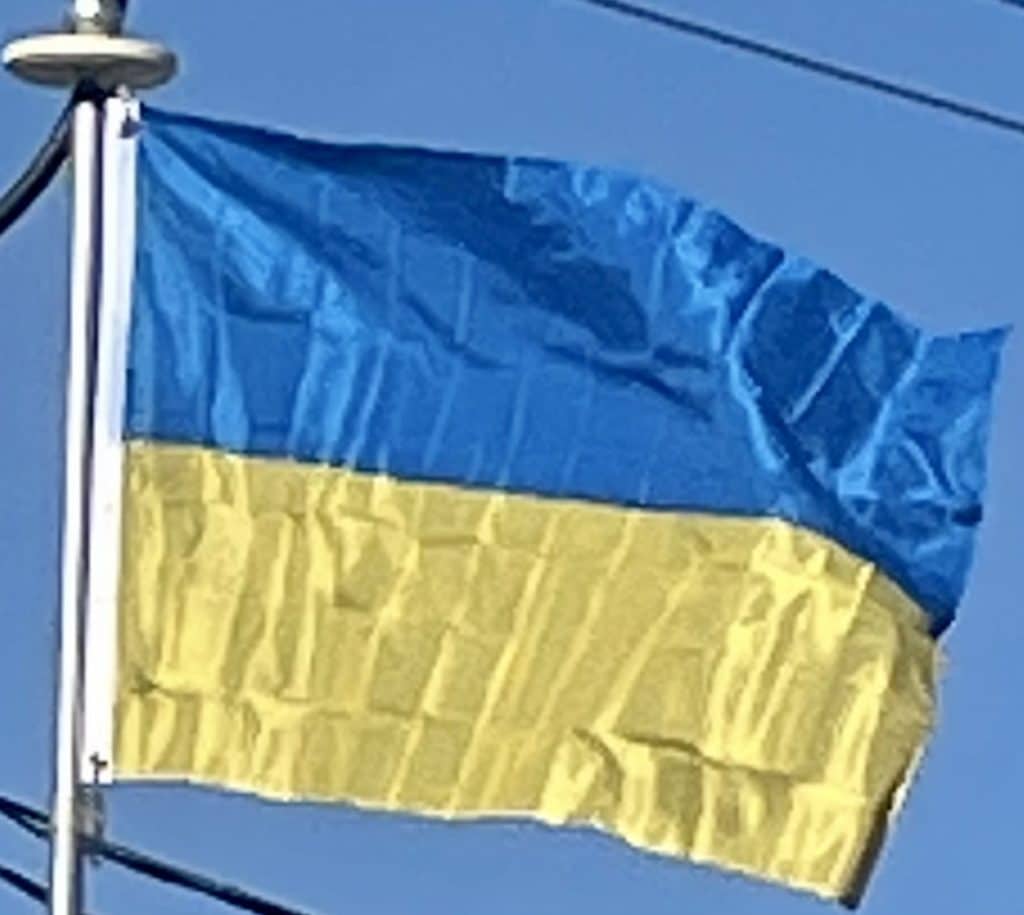

Ukraine
Starting from the late 1920s with a centrally planned economy, Ukraine was involved in Soviet industrialization and the republic’s industrial output quadrupled during the 1930s. The peasantry suffered from the program of collectivization of agriculture which began during and was part of the first five-year plan and was enforced by regular troops and secret police. Those who resisted were arrested and deported and agricultural productivity greatly declined. As members of the collective farms were sometimes not allowed to receive any grain until unrealistic quotas were met, millions starved to death in a famine known as the Holodomor or the “Great Famine”.
Scholars are divided as to whether this famine fits the definition of genocide, but the Ukrainian parliament and the governments of other countries have acknowledged it as such.
The Communist leadership perceived famine as a means of class struggle and used starvation as a punishment tool to force peasants into collective farms.
Largely the same groups were responsible for the mass killing operations during the civil war, collectivization, and the Great Terror. These groups were associated with Yefim Yevdokimov (1891–1939) and operated in the Secret Operational Division within General State Political Administration (OGPU) in 1929–31. Yevdokimov transferred into Communist Party administration in 1934, when he became Party secretary for North Caucasus Krai. He appears to have continued advising Joseph Stalin and Nikolai Yezhov on security matters, and the latter relied on Yevdokimov’s former colleagues to carry out the mass killing operations that are known as the Great Terror in 1937–38.
On 13 January 2010, Kyiv Appellate Court posthumously found Stalin, Kaganovich and other Soviet Communist Party functionaries guilty of genocide against Ukrainians during the Holodomor famine.
World War II

Although the majority of Ukrainians fought in or alongside the Red Army and Soviet resistance, in Western Ukraine an independent Ukrainian Insurgent Army movement arose (UPA, 1942). Created as armed forces of the underground (Organization of Ukrainian Nationalists, OUN) which had developed in interwar Poland as a reactionary nationalist organization. During the interwar period, the Polish government’s policies towards the Ukrainian minority were initially very accommodating, however by the late 1930s they became increasingly harsh due to civil unrest. Both organizations, OUN and UPA supported the goal of an independent Ukrainian state on the territory with a Ukrainian ethnic majority. Although this brought conflict with Nazi Germany, at times the Melnyk wing of the OUN allied with the Nazi forces. Beginning in mid-1943 and lasting until the end of the war, UPA carried out massacres of ethnic Poles in the Volhynia and Eastern Galicia regions, killing around 100,000 Polish civilians, which brought reprisals. The organized massacres were an attempt by OUN to create a homogeneous Ukrainian state without a Polish minority living within its borders, and to prevent the post-war Polish state from asserting its sovereignty over areas that had been part of prewar Poland. After the war, the UPA continued to fight the USSR until the 1950s. At the same time, the Ukrainian Liberation Army, another nationalist movement, fought alongside the Nazis.
